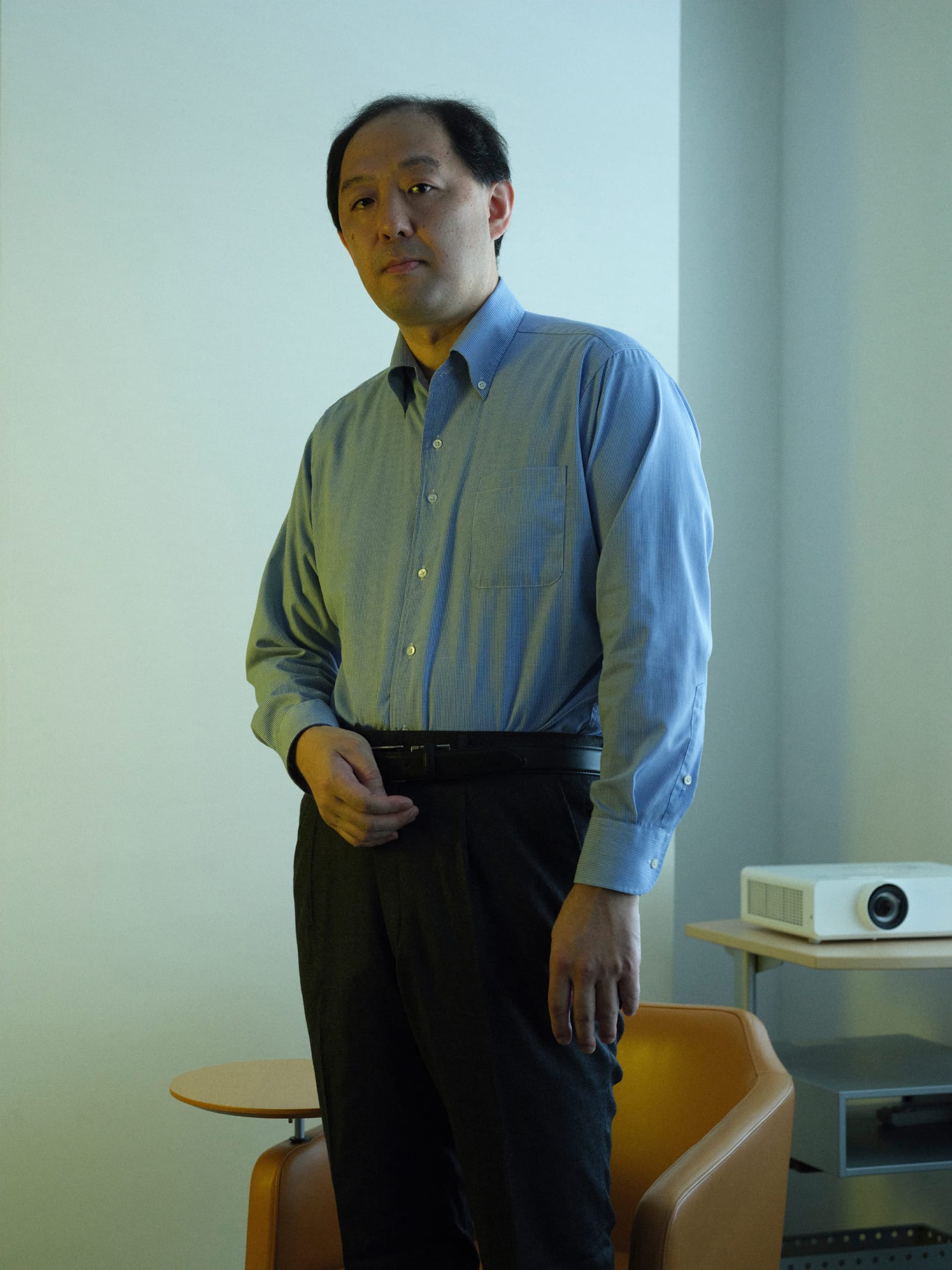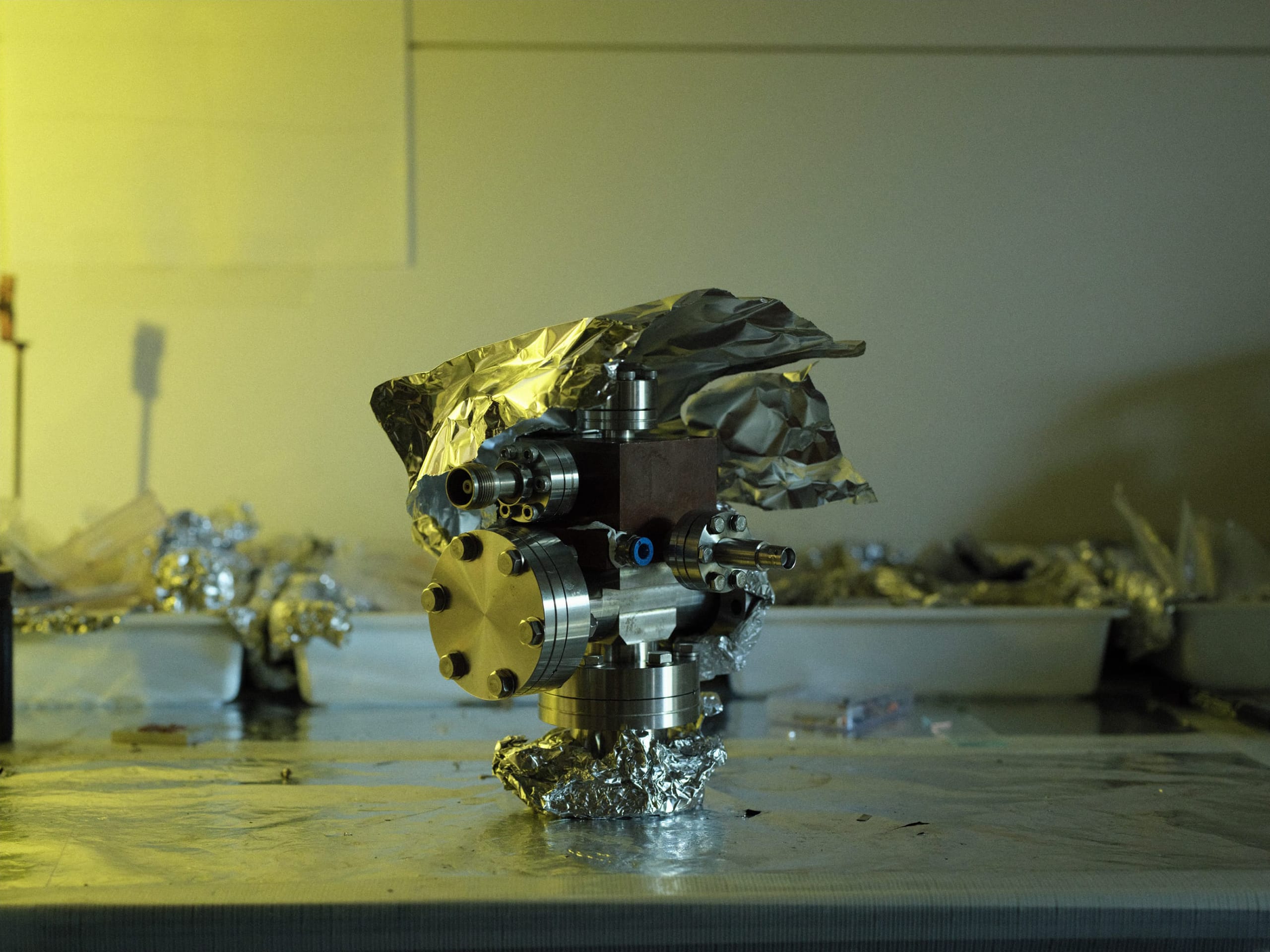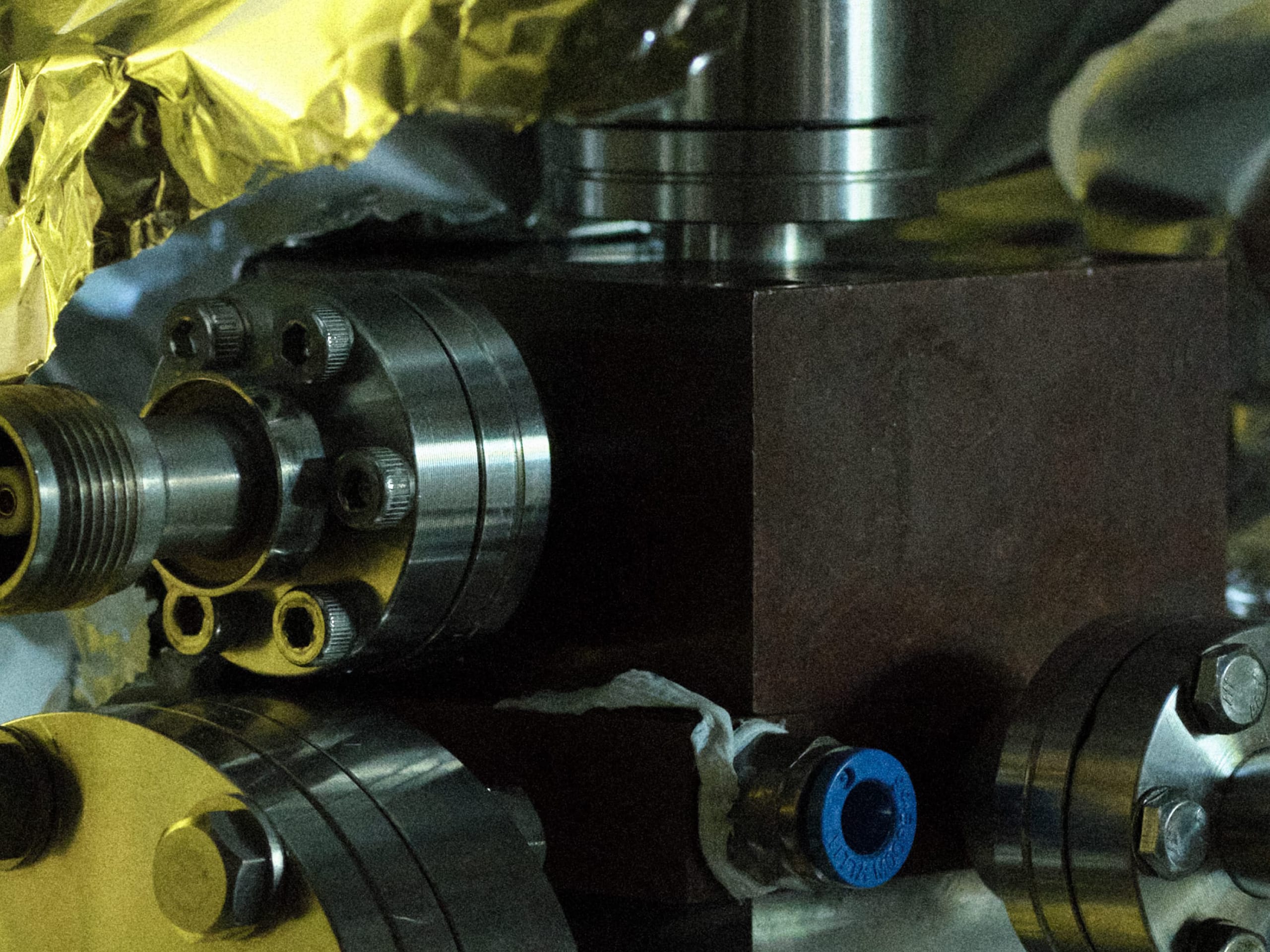
Pushing the Boundaries of
Materials Science
Only by failing along the way can we reach success
Research is 90% failure
What first sparked your passion for physics?
My fascination began with electrons, one of the fundamental particles of matter. Electrons determine a material’s color, magnetism, conductivity, and even whether it becomes superconducting. Understanding their behavior means we can control how materials function—that has always been my curiosity and my passion.
What is your current research focus at Tohoku University?
I lead the Photoemission Solid-State Physics Lab at the Advanced Institute for Materials Research, where we use photoemissions to study electrons. Photons help us uncover what’s hidden inside a material.
You’ve become deeply interested in topological materials. Could you explain what they are?
Topology is a branch of mathematics that studies properties of objects that don’t change when you stretch, twist, or bend them. For example, a doughnut and a coffee cup are topologically the same because both have a hole. Both can theoretically be deformed into the other without tearing or cutting. Applied to quantum materials, this leads to topological insulators, which behave like insulators inside but conduct electricity on their surfaces. Even if you cut the material, the new surface still conducts electricity. It’s very strange—but very powerful.
Why are topological materials considered so significant?
They’re called the “fourth phase of matter,” alongside metals, insulators, and superconductors. Their potential is huge, with applications in spintronics, semiconductors, and especially quantum computing. If we can combine them with superconductors, we may realize topological quantum computing, a very exciting prospect.

Image courtesy of Tohoku University and Studio Xxingham

Image courtesy of Tohoku University and Studio Xxingham
What has been a recent breakthrough from your lab?
We discovered the first-ever one-dimensional topological material. While 3D and 2D topological insulators were known, 1D had not been observed before. A 1D topological material is very important because in 3D systems we see metallic surfaces, and in 2D systems we see metallic edge states. But in the 1D case, we obtain a zero-energy state—a metallic corner state—which could be very useful for quantum bits. Whilst the exact applications are still uncertain, just pushing the boundaries of basic science is exciting. The next step is to think about how this discovery could connect to future applications in semiconductors and quantum technology.
You emphasize collaboration in science. Why is it so important?
Every researcher has their own specialty, but when you combine four or five areas of expertise, you create new ideas. Science should have no boundaries. Over 40% of my papers involve international collaboration, and I’ve also worked with mathematicians, chemists, and even used AI to find new laws in materials science. My appointment as coordinator to Tohoku University’s Graduate Program in Spintronics has greatly aided my quest for new collaboration opportunities. In this position, I regularly invite famous professors from across the globe to give lectures to students. Through simple networking, I’ve started four new collaborations. I am looking forward to creating more!
How do you encourage students to approach research?
I tell them not to fear failure. In fact, 90% of research is failure. Only by failing along the way can we reach success. Students should never feel discouraged when failing and embrace it instead. I also advise students to think for themselves—challenge, discuss, and never just accept what their supervisor says. Learning is a two-way street.
Outside of your research, how do you unwind?
I love cooking. I believe that cooking and research are connected. Both require curiosity, precision, and creativity. It is also a great way to bond with students. Once or twice a year, my lab holds a dumpling party where I make gyoza skins by hand, and together we make 200 dumplings. It’s like a team experiment—but tastier.
Takafumi Sato’s fascination with the hidden world of electrons set him on a path to study physics at Tohoku University, where he earned his Ph.D. in 2002. Since then, he has become a leading expert in exploring the electronic structures of quantum materials. To do so, he uses high-resolution angle-resolved photoemission spectroscopy (ARPES), a highly advanced instrument that can measure both electron spin and spatial distribution with unprecedented precision.
He also builds new, custom-designed materials from scratch, atom by atom, to study and manipulate their quantum properties in a process called molecular beam epitaxy (MBE). Today, as a professor at the Advanced Institute for Materials Research at Tohoku University (WPI-AIMR), he is pushing the boundaries even further by creating a nano-spin-ARPES system at the next-generation synchrotron facility, NanoTerasu. When he’s not in the lab, Takafumi channels his creativity into the kitchen, whipping up everything from perfectly al dente spaghetti to mouthwatering gyoza, savoring the same sense of discovery that drives his research.
AIMR
https://www.wpi-aimr.tohoku.ac.jp/en/
Photograph: This helium plasma discharge lamp produces brilliant ultraviolet photons for ARPES measurements.


Romance
of
Research
